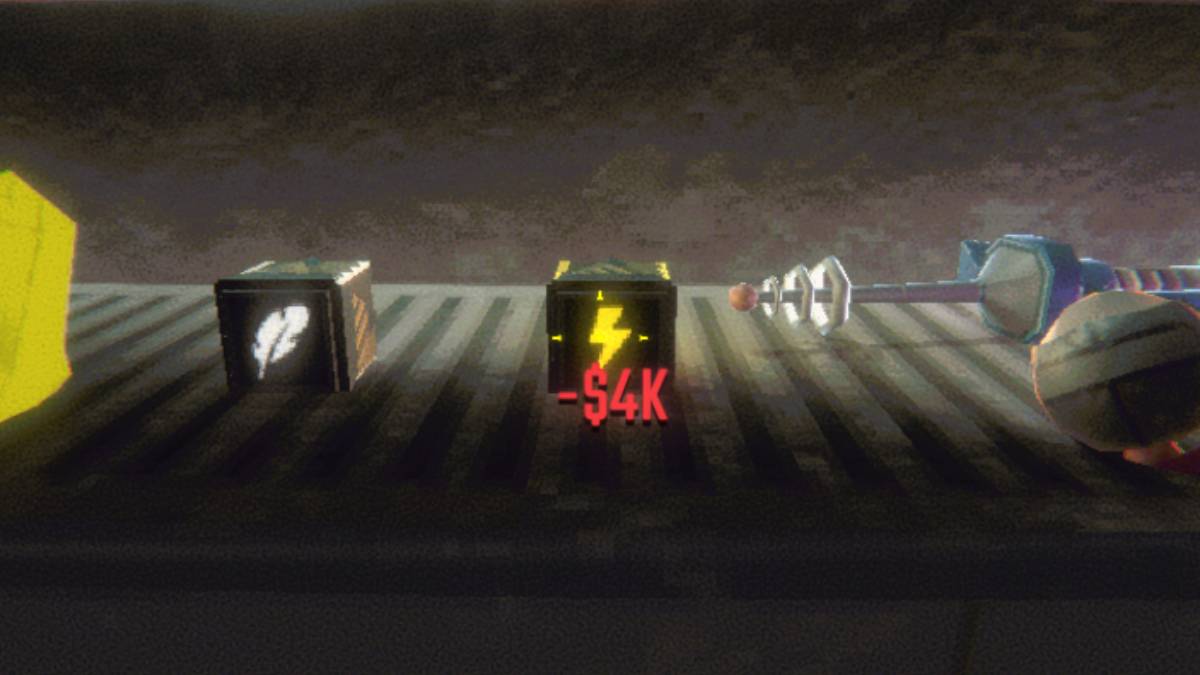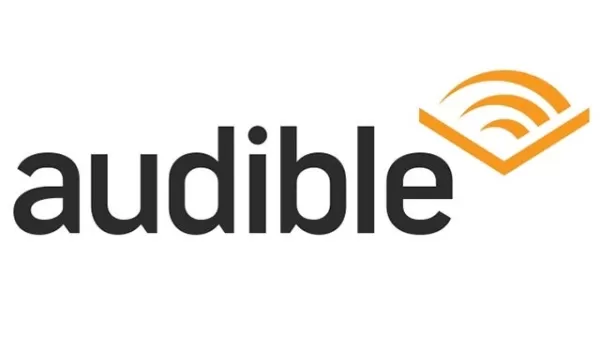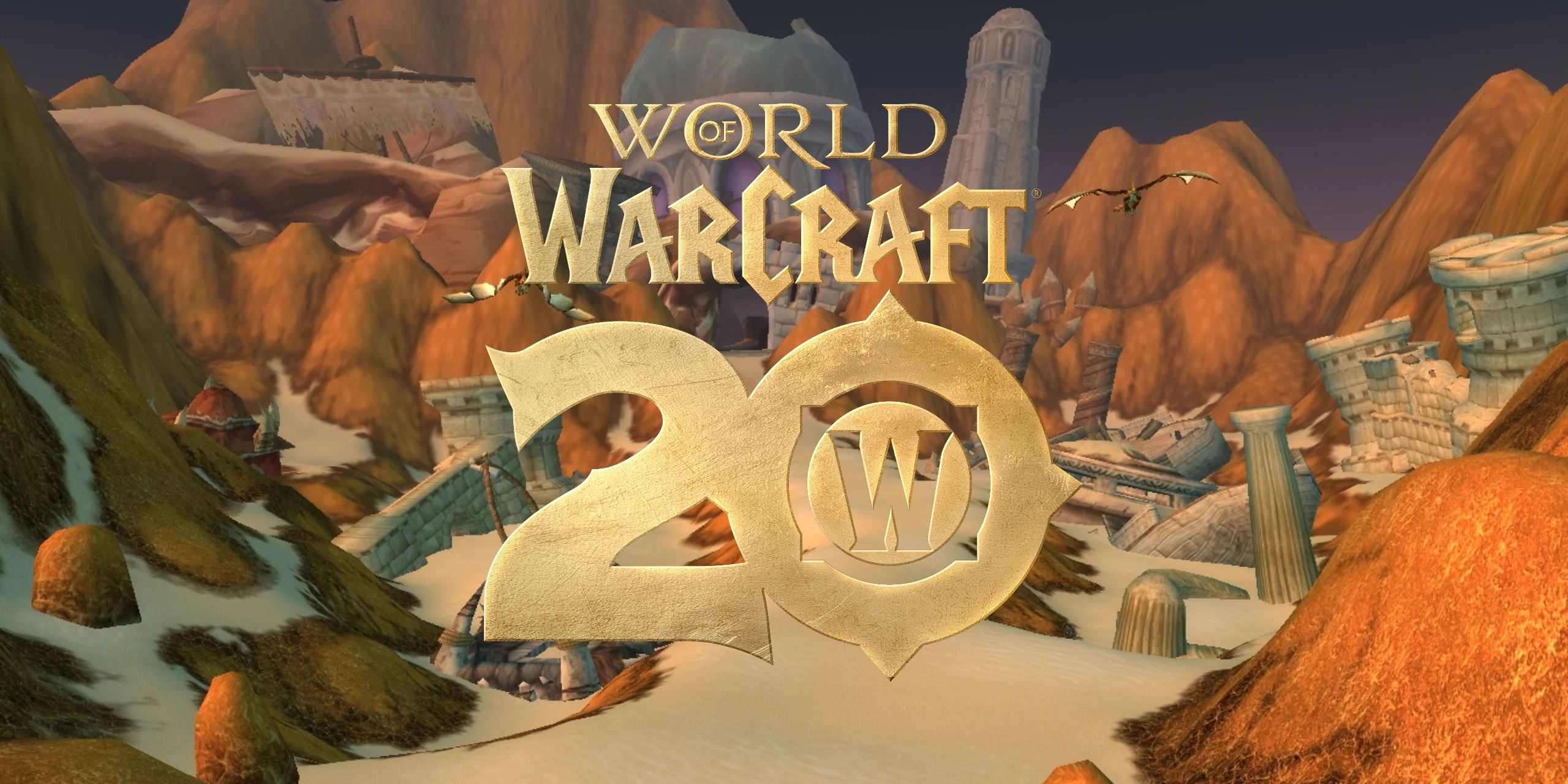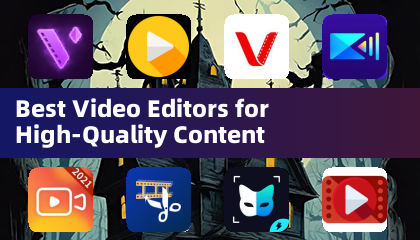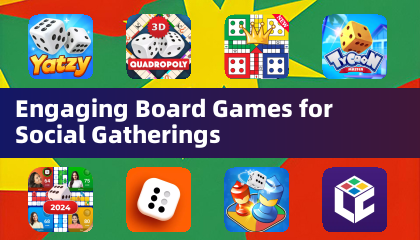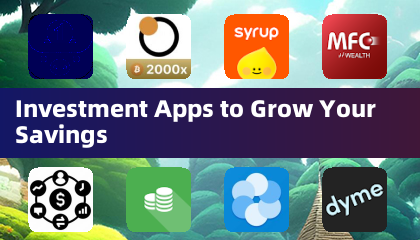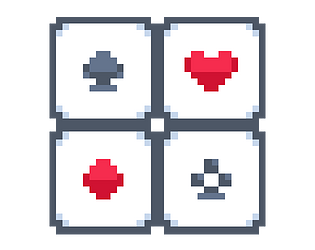Microsoft's foray into the handheld gaming market aims to seamlessly blend the best of Xbox and Windows. While specifics remain limited, the company's commitment to mobile gaming is undeniable. Their strategy centers on enhancing the Windows experience for handheld devices, focusing on improved functionality and a more unified user experience.
The timing is strategic, coinciding with the anticipated release of the Switch 2, the rising popularity of handheld PCs, and Sony's launch of the PlayStation Portal. Microsoft, currently offering Xbox services on devices like the Razer Edge and Logitech G Cloud, plans to release its own handheld console, as confirmed by CEO Phil Spencer.
Jason Ronald, Microsoft's VP of Next Generation, further elaborated in a Verge interview, suggesting potential announcements later this year. He highlighted the company's approach as a fusion of Xbox and Windows strengths, creating a more cohesive gaming experience. This addresses current shortcomings of Windows on handhelds, such as cumbersome navigation and troubleshooting, often demonstrated by devices like the ROG Ally X.
Microsoft's ambition extends to making Windows a superior gaming platform across all devices, including handhelds. This involves optimizing Windows for joystick controls, a significant departure from its traditional mouse and keyboard focus. Inspiration will be drawn from the Xbox console operating system to achieve this. This aligns with Phil Spencer's vision of a consistent experience across all Xbox hardware.
A greater emphasis on functionality could differentiate Microsoft in the handheld market. This might involve a redesigned portable OS or further refinement of their first-party handheld console. Addressing current technical challenges, such as those experienced with Halo on the Steam Deck, is crucial. Improving the handheld experience for flagship titles like Halo would be a major step forward. Further details are expected later this year.
 (Image Placeholder: Replace with actual image if available)
(Image Placeholder: Replace with actual image if available)

 (Image Placeholder: Replace with actual image if available)
(Image Placeholder: Replace with actual image if available) LATEST ARTICLES
LATEST ARTICLES 